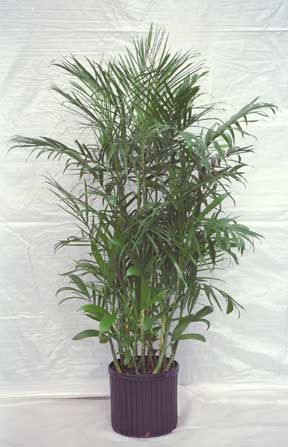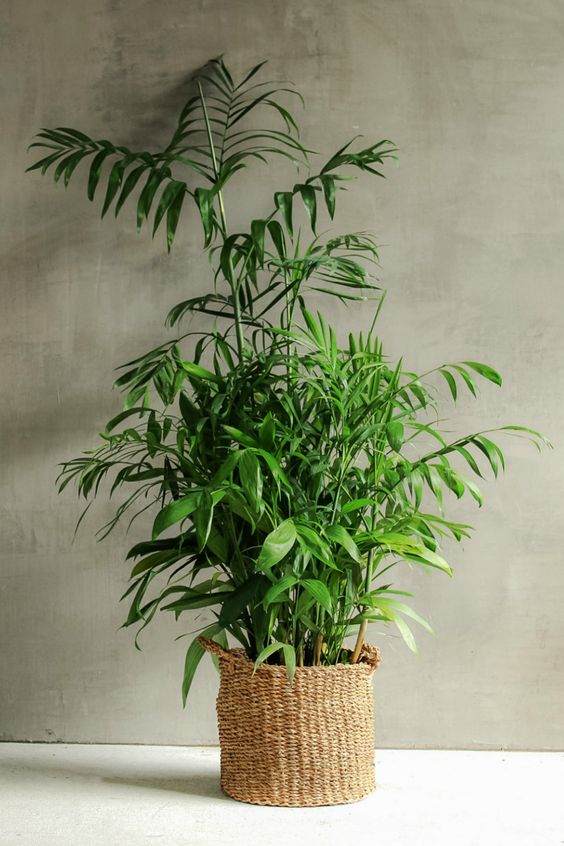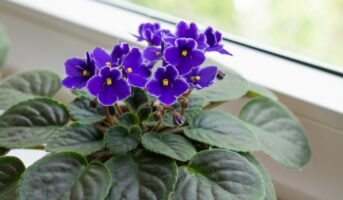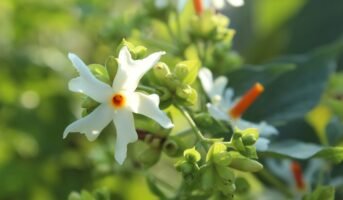If you are looking to add a touch of greenery to your home, Bamboo Palms are the best choice there is. Contrary to its name, a Bamboo Palm is not really a bamboo but a kind of palm. With their habit of thriving in low-light conditions, Bamboo Palms serve as excellent low-maintenance houseplants. If you want, you can also grow it in your garden. Read on to learn more about growing and caring for Bamboo Palms in your home.
What are Bamboo Palms?
Bamboo Palms are plants that grow in tropical regions, such as Africa and Asia. They’re also called “monkey palms” because of their long, thin leaves that resemble a monkey’s tail. Their name comes from their appearance: Bamboo Palms look like a bunch of sticks connected by a long stem. The plant has a soft green stem and leaves, which can be up to 4-12 feet long and 3 feet wide.
An indoor tropical houseplant, the Bamboo Palm makes a great addition to any room. A low-maintenance plant that is easy to maintain, this Bamboo Palm is not the same as real bamboo. A small type of palm called the lady palm or bamboo palm
Bamboo Palms are popular for their exotic appearance, but they’re also used for many other purposes. The most common uses for Bamboo Palms include landscaping and creating shade. They can be grown indoors as well as outdoors, so they’re great for people who live in hot climates. You can also grow Caladium bicolor as a house plant in your garden. Learn more about it.
Bamboo Palm: Quick facts
| Plant name | Bamboo Palms |
| Genus | Chamaedorea |
| Family | Arecaceae |
| Mature size | 4-12 ft. tall, 3-5 ft. wide |
| Cultivation | Central America and USA |
| Bamboo Palm leaves | Dark green leaves are indicative of healthy palm plants |
| Bamboo Palm flowers | Yellow, orange |
| Benefits | Absorbs pollution from air |
Learn about: Episcia Know more about Flame Violets
Bamboo Palm: Features

Source: Pinterest
The Bamboo Palm has beautiful, glossy leaves that change colour during the fall and winter months. The leaves are usually green, but they can also be red, yellow or orange. In addition to its beautiful foliage, this plant is known for its large heart-shaped leaf ferns that grow at the top of its stems.
There are many different types of Bamboo Palms available today. Some are more decorative than others. However, all types have similar properties:
- They grow well in low-light conditions.
- They have small leaves that are easy to care for and maintain.
How to grow Bamboo Palm?

Source: Pinterest
Bamboo Palm is a popular houseplant, and it’s easy to grow. If you’re looking for the best ways to grow your own Bamboo Palm indoors, you’ve come to the right place.
- The first step is choosing a location. Bamboo palms grow best in bright light with plenty of air circulation. They don’t need much water, just make sure they don’t sit in pools on the soil surface.
- Once you’ve chosen your spot, it’s time to prepare the soil. The best way to do this is by digging a hole twice as wide as your plant’s root ball and then filling it with sand or topsoil mixed with compost until it’s about three inches deep.
How to care for an indoor Bamboo Palm?
Bamboo Palm is a fuss-free houseplant. Here are a few tips you can keep in mind for your indoor Bamboo Palm:
- Make sure there aren’t any old leaves or debris mixed in with the soil, that can cause the plant to rot.
- Once you have the soil prepared, add some fertilizer and water your plant thoroughly until it feels saturated at least once every day or two at most.
- The amount of fertilizer will vary depending on how much space there is between plants. You’ll want enough fertilizer so that the plant has about an inch around its base.
- Ensure that your plant receives plenty of sunlight to grow and flourish.
How to care for a Bamboo Palm in your garden?

Source: Pinterest
Here are a few maintenance tips for your Bamboo Palm when growing it outdoors:
First, make sure your soil is good for growing durable, drought-resistant plants like Bamboo Palm. You can’t just plant any old plant in the backyard and expect it to survive. You’ll need soil that has plenty of nutrients, drainage, and aeration.
Second, consider where in your yard you’ll want to place your Bamboo Palm. If there’s not much sunlight available at certain times of day or year (for example, if you live near an urban area), be sure to choose a spot with plenty of shade or afternoon sun.
Finally, make sure you have enough space around your Bamboo Palm tree so that it can grow into its mature state without crowding out other plants or trees in your yard.
Bamboo Palm: Pests and diseases
Bamboo Palms are prone to a variety of common houseplant pests like aphids, mealybugs, fungus gnats, scale and whiteflies. These pests can be eliminated with insecticide treatments if needed. Make sure to keep an eye on your Bamboo Palms and check for pests regularly to catch an infestation early.
Bamboo Palm: Benefits
- They are used for their evergreen foliage which provides shade and protection from the sun.
- They are used as ornamental plants in gardens because of their beauty.
- Carbon monoxide, formaldehyde, and benzene are particularly absorbed by Bamboo Palms.

Source: Pinterest
FAQs
Is sunlight necessary for Bamboo Palms?
Bamboo Palms, in general, prefer indirect, filtered sunlight or shade over direct sunlight.
Can Bamboo Palms be grown indoors?
Yes, they can grow indoors. The low maintenance and adaptability of Bamboo Palms make them popular houseplants.
What is the lifespan of Bamboo Palms?
It is possible for some palm species to live for more than 100 years outdoors. Plants grown indoors with proper light and water are likely to live for more than a decade.
Are Bamboo Palms lucky?
An auspicious plant, lucky Bamboo is believed to bring prosperity, happiness, and fortune to the home.
What is the growth rate of a Bamboo Palm?
A Bamboo Palm grows very slowly, and it usually takes two to five years for it to reach a mature size.
Housing News Desk is the news desk of leading online real estate portal, Housing.com. Housing News Desk focuses on a variety of topics such as real estate laws, taxes, current news, property trends, home loans, rentals, décor, green homes, home improvement, etc. The main objective of the news desk, is to cover the real estate sector from the perspective of providing information that is useful to the end-user.
Facebook: https://www.facebook.com/housing.com/
Twitter: https://twitter.com/Housing
Email: [email protected]











